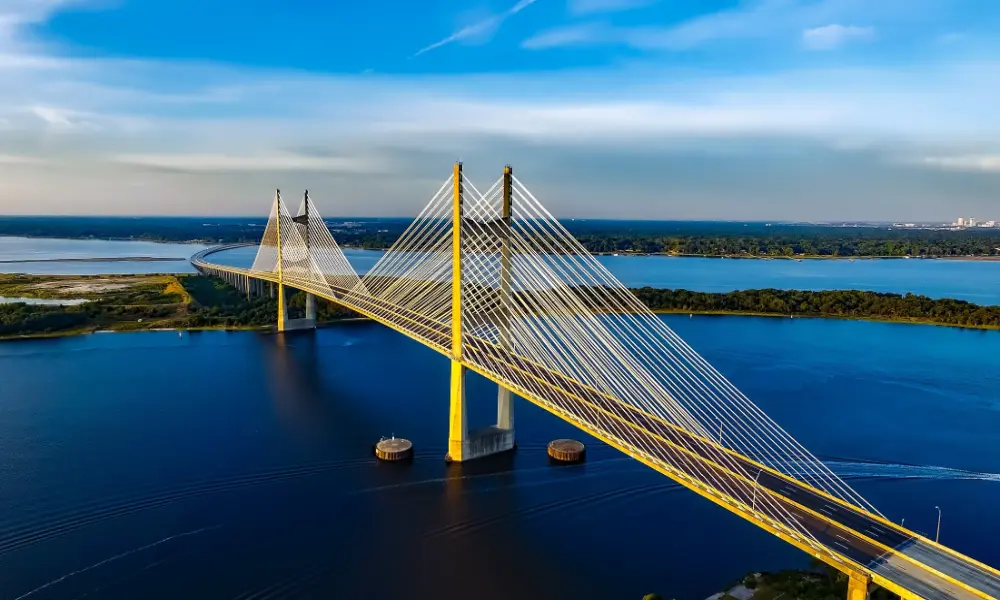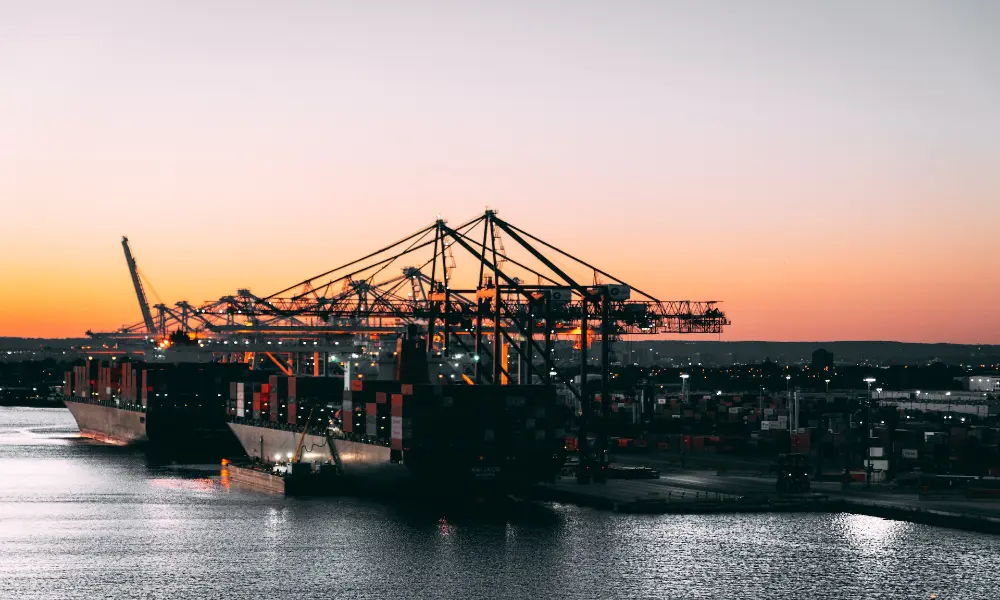Conquering the Cold: The Laurentian Pilotage Authority Initiative
Inside the cold Canadian waters surrounding Quebec, the Laurentian Pilotage Authority (LPA) stands as a beacon, providing pilotage services to marine operators. Remedying the frequent cold weather challenges, when it was time for an upgrade, LPA desired an ice-resistant vessel that could brave the region’s hostile conditions. Their hopes materialized in an Estonia-based company, Baltic Workboats.
Baltic Workboats birthed the aggressive, ice-capable marvel, the Shipeku – a 17-meter aluminum pilot boat presented to the LPA earlier this year. Carl Mahler, head of sales for Baltic Workboats US, articulates the beautiful paradox of the project. The company aimed to achieve speed with an aluminum boat, ensuring it could resist freezing conditions and offer services throughout the year.
Igniting Inspiration
Inspiration dawned from a 17-meter wave-piercing pilot boat Baltic Workboats previously rolled out to Poland in late 2020. The Shipeku thrusts through four to six inches of ice, thanks to its ice-reinforced frame. But the company didn’t halt there, integrating a system to utilize the engine’s excess heat to warm the seat chests, eliminating the need for keel coolers.
Innovative Design and Construction
Shipeku, a self-righting boat with a 5.6-meter beam, facilitates space for one coxswain and six passengers. Equipped with firefighting capabilities and two-man overboard systems, the vessel’s rescue readiness is unquestionable. Features include a davit on the port side and a hydraulic rescue platform extending into the water from the stern.
A proud innovation of Baltic Workboats is their patented wave-piercing hull, enhancing the ship’s maneuverability, seakeeping characteristics, and ice navigation capabilities. When facing rough sea conditions, the hull’s upper part exerts downward force to counteract the bow’s buoyancy. Mahler explains that this design allows for a smoother ride, with less pitching and vibration.
Maximising Fuel Efficiency
In addition to performance, Shipeku also excels in efficiency. With a range of roughly 300 nautical miles, the vessel houses twin D-13 engines, each packing a 700 horsepower punch. Capable of hitting speeds of up to 32 knots, the boat justifies its efficiency with a fuel consumption of less than 50 gallons per hour at a cruising speed of 25 knots.
A Giant Leap: Remote Monitoring System
Over the last 15 years, the team at Baltic Workboats has been working on their latest groundbreaking initiative – a remote monitoring system. This system allows for real-time data capture and can even be utilized to compare data across multiple similar routes.
Moving past conventional switches in the wheelhouse, Baltic Workboats has digitized the control system with touchscreen panels that feed from PLCs. Everything from engine controls to adjusting lighting can be controlled via a single screen, allowing for a more streamlined and modern operation.
The team uses captured data to investigate any alarm triggers during the vessel’s operation, identifying the root of any potential issues – an innovation that allows better support for their clients.
Meeting the Future Head-On
As we sail ahead, Baltic Workboats is presently assembling another Shipeku model. However, instead of a pilot association, a “well-known private customer” who requires a sturdy vessel for operations in all weather conditions is the intended recipient. This translates to their major requirement: safe operation in any condition.
Indeed, the endurance and performance of pilot boats like the Shipeku are transforming maritime operations. As they pave the way for safer and more efficient marine transportation, the future looks exciting for the industry.



